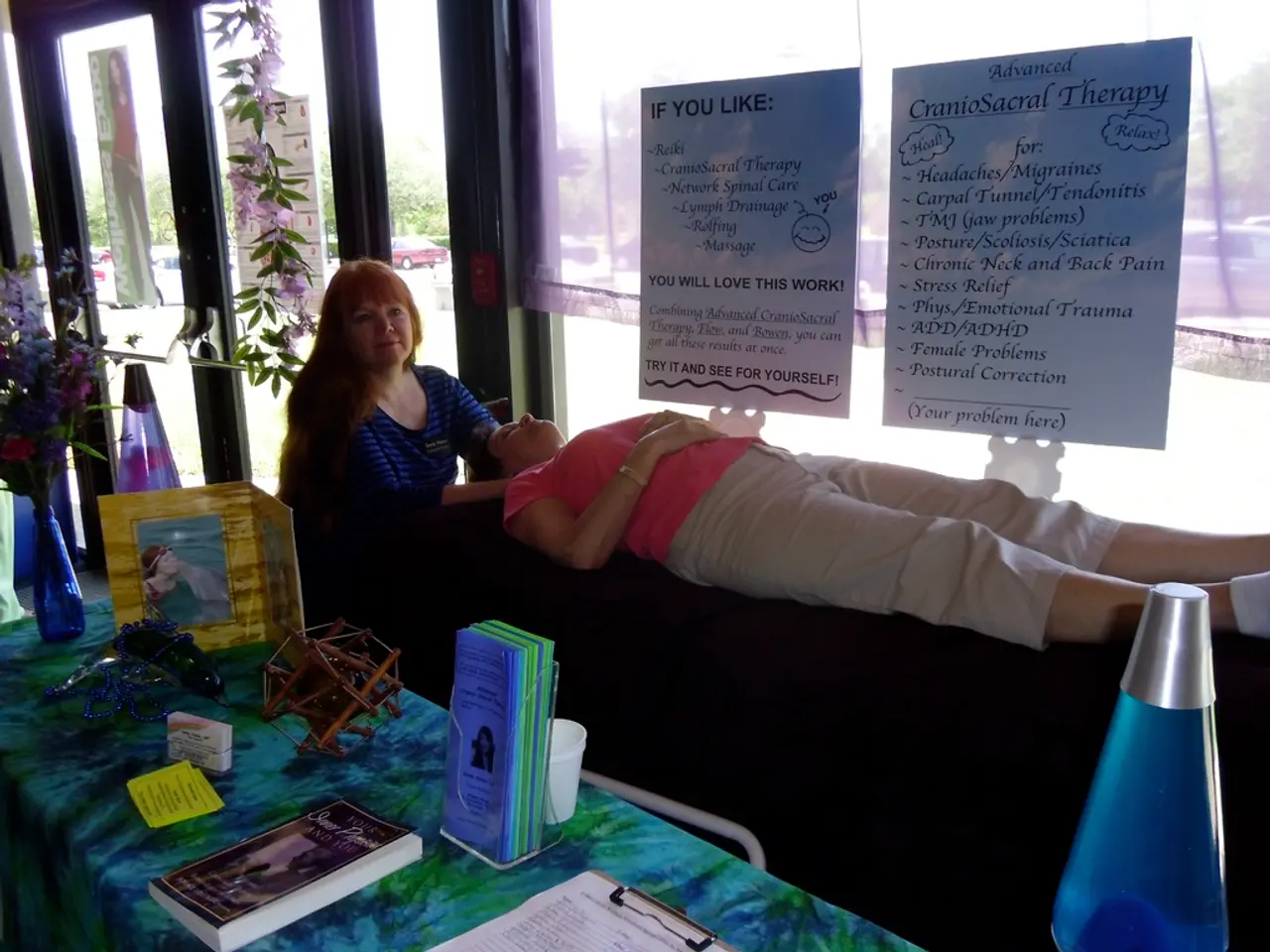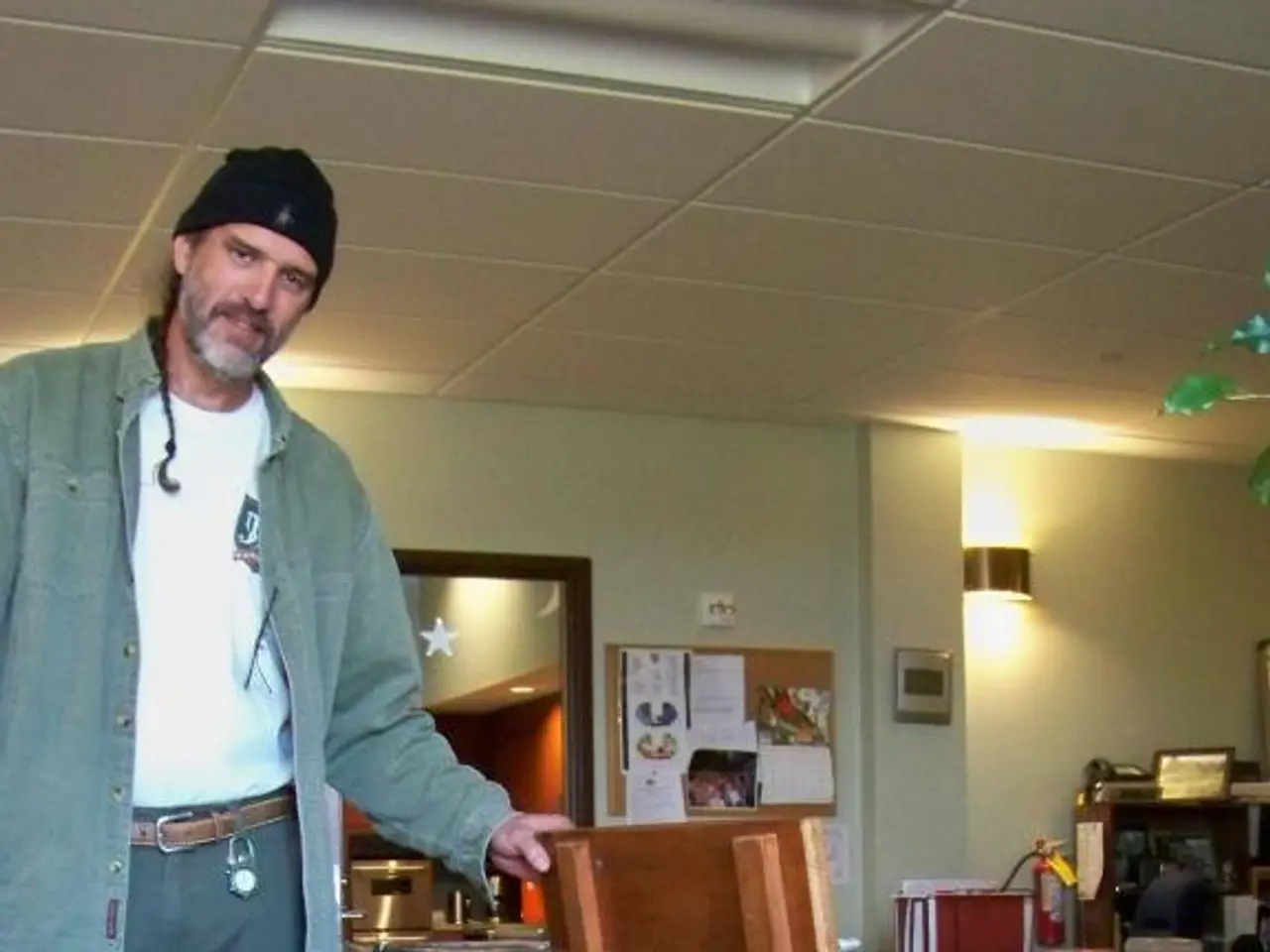Understanding Spinal Fusion for Scoliosis: An Overview of This Corrective Procedure
Spinal fusion surgery (SFS) is a medical procedure used to treat severe cases of scoliosis, a condition characterized by a sideways curvature of the spine. The surgery involves fusing multiple vertebrae to form a single bone, reducing the curve and preventing it from progressing further.
While SFS can provide significant curve correction and stability, it is not without risks. There is little scientific evidence to determine whether a person should elect to have SFS, and surgical complications can be serious. These can include infection, excessive bleeding, surgery that is not effective, damage to the spinal cord or spinal bones, chronic pain, loss of spinal mobility, neurological damage, and even death.
A 2015 review found no recent trials comparing SFS to other treatments for severe scoliosis. Moreover, there is no recent evidence either supporting or disputing the benefits of SFS for scoliosis or other medical conditions. The mortality rate for people who had lumbar spine surgery from 2003-2012 was 0.105% for simple fusions and 0.321% for complex fusions. Among all those who had lumbar spine surgery, males, Black people, and those over 65 years old had an increased mortality risk.
On the day of the surgery, a person will meet with an anesthesiologist who will administer a combination of drugs to help the person sleep through the surgery. The procedure itself can take around 4-8 hours, or sometimes longer. During the procedure, a surgeon cuts into the back with a scalpel, inserts a bone graft, and inserts metal rods to hold the spine in place until the bones fuse.
After surgery, a person should expect to have some pain and will typically need to stay in the hospital for several days for monitoring. They may have an epidural after surgery to help alleviate the pain. A person should be able to walk immediately after the surgery but will likely need to avoid heavy lifting and challenging physical activity for about 6 months following the procedure. The fused portion of the back will remain stiff but should not be so stiff that it prevents typical movement.
Some people may need physical therapy to support their recovery, and most will need to take pain medication. It is important to note that the degree to which a surgeon can correct the curve depends on how flexible the spine is, and SFS usually reduces the curve to 25 degrees or less.
Doctors reserve SFS for people who have a spinal curve exceeding 40 degrees. Bracing is one of the most common treatments for less severe cases of scoliosis that require treatment, but it is only effective for people who are still growing.
While SFS offers a relatively high success rate for correcting scoliosis long-term relative to non-surgical methods or less invasive procedures, it carries risks such as complications, progression of deformity in some cases, and possible need for revision. Careful patient selection, surgical planning, and postoperative care are crucial to optimize outcomes.
The night before the surgery, a person will typically need to avoid food and beverages and follow their surgeon's advice on when to begin fasting. Doctors typically recommend surgery for the most severe cases of scoliosis due to potential health complications such as increased curvature of the spine over time, back pain, nerve pain, mobility problems, damage to the cardiovascular or pulmonary systems, and difficulty breathing.
In summary, while spinal fusion surgery can provide significant benefits for those with severe scoliosis, it is important to understand the potential risks and complications associated with the procedure. Careful consideration, thorough discussion with medical professionals, and a comprehensive understanding of the procedure are essential for making informed decisions about treatment options.
Here are the sentences containing the given words:
- Spinal fusion surgeries, such as those for severe cases of scoliosis, are often used to correct chronic medical conditions like spinal curvature.
- Science has yet to provide substantial evidence supporting or disputing the benefits of spinal fusion surgeries for chronic diseases like scoliosis or other medical conditions.
- Chronic kidney disease and other health and wellness concerns should be considered when deciding on surgery for severe scoliosis, as the procedures carry risks such as complications and potential health complications.




